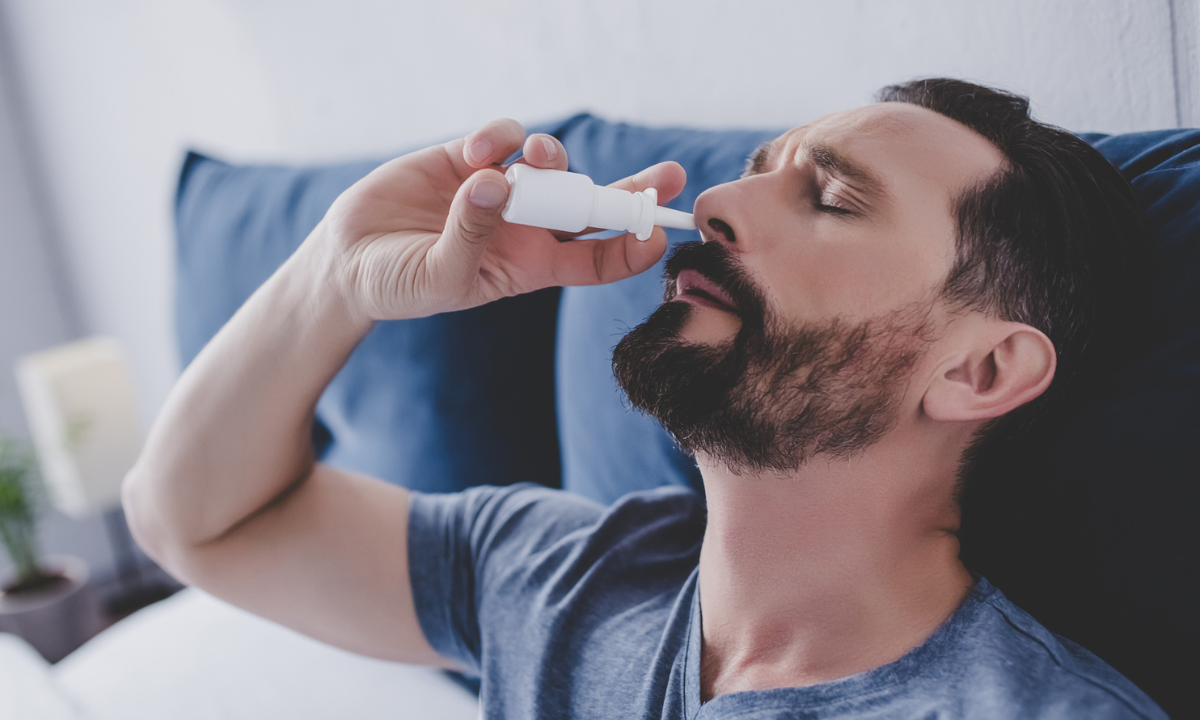More than a billion people suffer from migraines worldwide, according to data from the World Health Organization (WHO), with 30 million in Brazil. On the 19th, the National Day to Combat Headache, or chronic migraine, is celebrated in the country. The initiative is from the Brazilian Headache Society (SBCE). May is also considered the National Headache Combat Month.
Neurologist Tatiane Barros, member of the Brazilian Academy of Neurology and SBCE, informed, this Wednesday (3), to Brazil Agency, that the patient suffers from migraine when he has three or more days of headache per month for at least three consecutive months. Headache is usually one-sided, throbbing pain, accompanied by nausea, sometimes vomiting, and discomfort from light and noise. “And it’s a pain that doesn’t get better with common painkillers.”
Subscribe to O POVO+
Get access to all exclusive content, columnists, unlimited access and discounts in stores, pharmacies and much more.
Related news:
Tatiane Barros stated that when the pain is repeated 15 days a month it can already be considered chronic migraine. The recommendation is that the person does not wait to reach this situation to seek a specialist and start treatment. “Today there are already preventive treatments to prevent the pain from becoming chronic and these crises from coming”. She reinforced that “it’s not normal to have this kind of pain”.
Preventive treatment includes drug classes, such as pills and botulinum toxin, for example, which aim to prevent the crisis from arising. “The preventive medicine is used to reduce the frequency, intensity and duration of crises”.
She warned, on the other hand, that self-medication should be avoided, because the indiscriminate use of analgesics, in the medium and long term, may cause a rebound effect, triggering migraine episodes.
According to Tatiane, migraine can occur in anyone, at any age, but it is more common in women from adolescence, when the girl menstruates. “The most frequent age is from 18 or 20 years old, to around 45 to 50 years old, and it is related to the hormonal period”.
In childhood, it is the same for boys and girls. Afterwards, the incidence increases in women, reaching four women for one man.
Disability
Chronic migraine is one of the most disabling diseases in the world among the general population, compromising quality of life and increasing financial expenses. It is also one of the main causes of absenteeism at work, and is also, in this case, more prevalent in women, as indicated by the WHO. “I usually say that migraine is an underdiagnosed, undertreated and underrated disease. Because, in addition to causing absenteeism, the person is unable to work because of the headache, there is also a related phenomenon called presenteeism, because the person goes with the body present, but cannot produce with a migraine attack” .
Tatiane highlighted that the disease still has a lot of prejudice and judgment associated with it. “Telling your boss you’re not going to work because he has a headache sounds like a lame excuse,” she mentioned. Migraine is the most disabling neurological disease in the world, maintained the specialist. One in six people have a headache.
In Brazil, it is estimated that, each year, there is a loss of around BRL 67 billion in expenses in the health system, due to the decrease in productivity related to migraine, increasing the demand for consultations, exams, emergency care and hospitalizations hospital.
triggers
The neurologist informed that there are foods that most commonly cause headaches. “We don’t recommend cutting this or that right off the bat.” The patient should observe what triggers the pain for him.
Among the foods that can be triggers for pain, Tatiane highlighted sugar, chocolate, alcohol and, mainly, wine, ultra-processed foods, such as sausages, frankfurters, mortadella, ready-made seasonings, yellow cheeses and spicy foods. People should choose a diet rich in lean proteins, fruits and vegetables, which ultimately reduces inflammation in the body. In addition, regular exercise and relaxation techniques such as yoga, meditation and deep breathing can help relieve stress and tension, which are also triggers for the condition, she explained.
Doubts, Reviews and Suggestions? Talk to us
Tags



